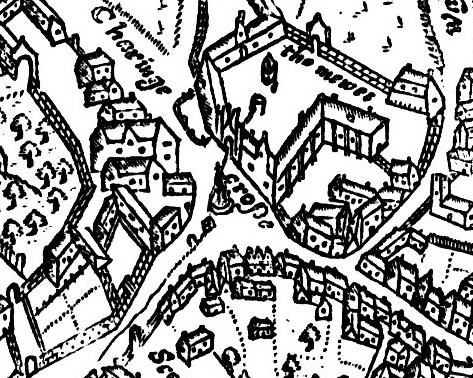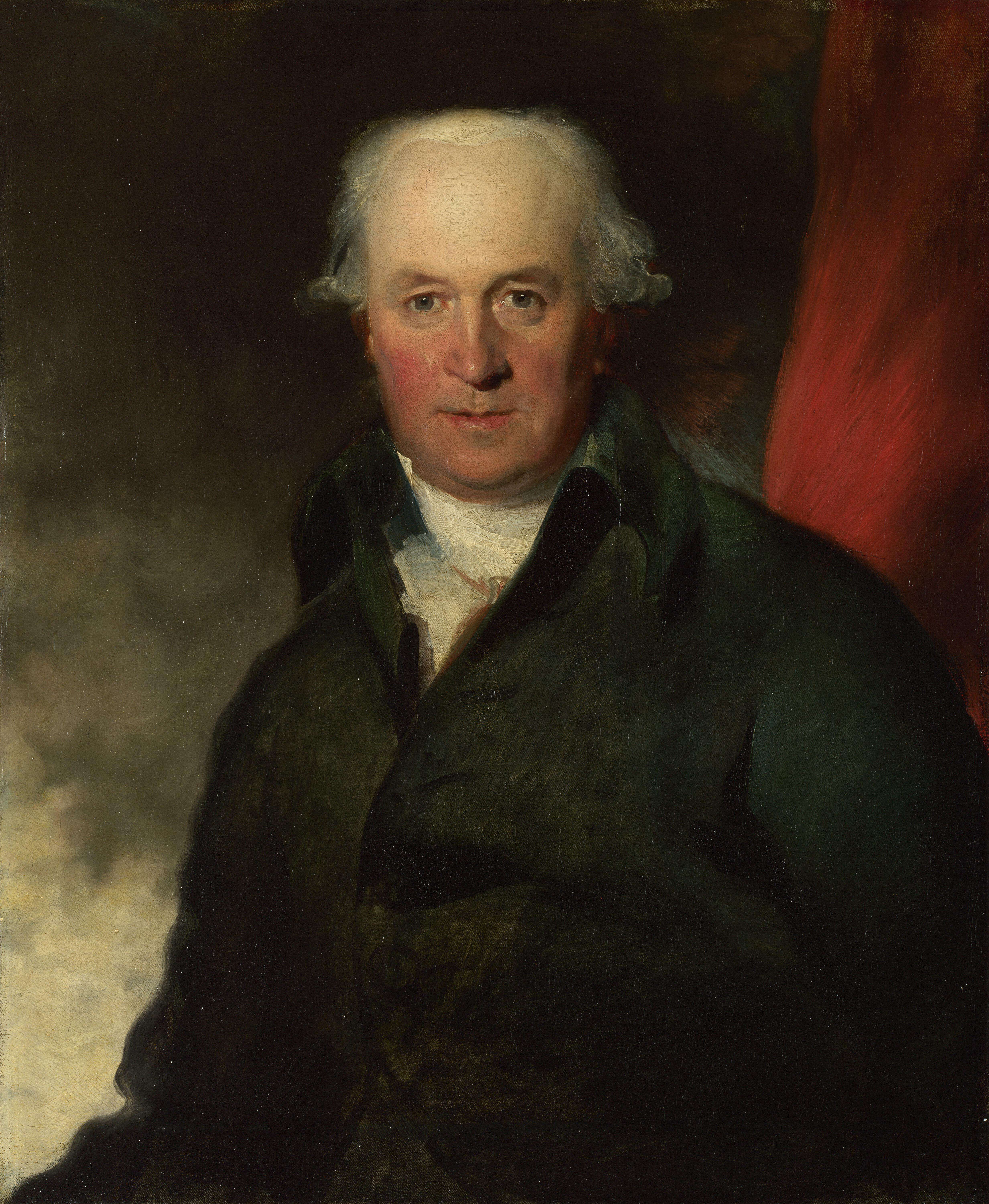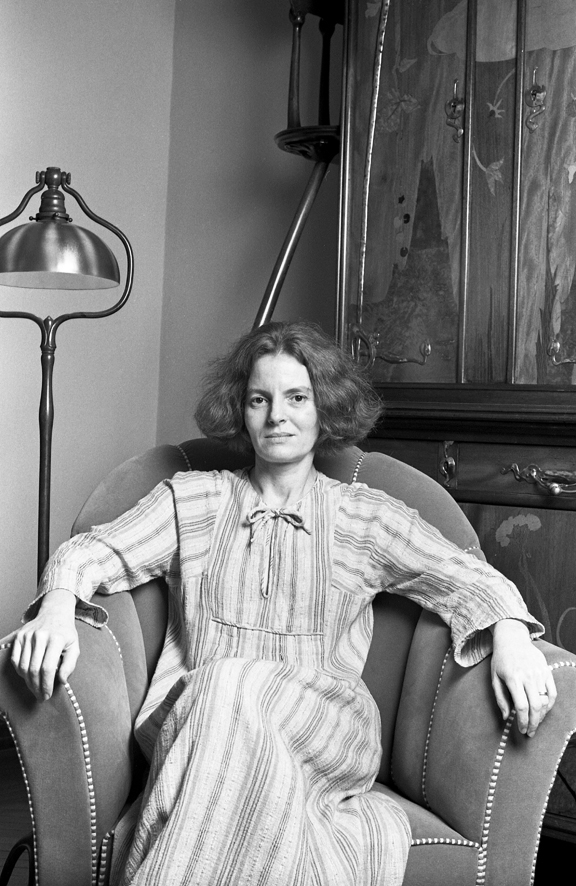|
National Gallery Of London
The National Gallery is an art museum in Trafalgar Square in the City of Westminster, in Central London, England. Founded in 1824, it houses a collection of over 2,300 paintings dating from the mid-13th century to 1900. The current Director of the National Gallery is Gabriele Finaldi. The National Gallery is an exempt charity, and a non-departmental public body of the Department for Digital, Culture, Media and Sport. Its collection belongs to the government on behalf of the British public, and entry to the main collection is free of charge. Unlike comparable museums in continental Europe, the National Gallery was not formed by nationalising an existing royal or princely art collection. It came into being when the British government bought 38 paintings from the heirs of John Julius Angerstein in 1824. After that initial purchase, the Gallery was shaped mainly by its early directors, especially Charles Lock Eastlake, and by private donations, which now account for two-third ... [...More Info...] [...Related Items...] OR: [Wikipedia] [Google] [Baidu] |
Trafalgar Square
Trafalgar Square ( ) is a public square in the City of Westminster, Central London, laid out in the early 19th century around the area formerly known as Charing Cross. At its centre is a high column bearing a statue of Admiral Nelson commemorating the victory at the Battle of Trafalgar. The battle of 21 October 1805, established the British navy's dominance at sea in the Napoleonic Wars over the fleets of France and Spain. The site around Trafalgar Square had been a significant landmark since the 1200s. For centuries, distances measured from Charing Cross have served as location markers. The site of the present square formerly contained the elaborately designed, enclosed courtyard of the King's Mews. After George IV moved the mews to Buckingham Palace, the area was redeveloped by John Nash, but progress was slow after his death, and the square did not open until 1844. The Nelson's Column at its centre is guarded by four lion statues. A number of commemorative statues and sc ... [...More Info...] [...Related Items...] OR: [Wikipedia] [Google] [Baidu] |
John Julius Angerstein
John Julius Angerstein (1735 – 22 January 1823) was a London businessman and Lloyd's underwriter, a patron of the fine arts and a collector. It was the prospect that his collection of paintings was about to be sold by his estate in 1824 that suddenly galvanised the King, George IV, and the prime minister, Lord Liverpool, into purchasing his collection for the nation and led to the founding of the British National Gallery in Angerstein's house at 100 Pall Mall. Parentage John Julius Angerstein was born in St Petersburg, Russia, in 1735. It has wrongly been suggested that he was a natural son of Empress Catherine II or of Elizabeth, Empress of Russia. Family tradition holds that his true parents were Empress Anna of Russia and the London businessman Andrew Poulett Thompson; his first position after arriving in London at the age of fifteen was in Thompson's counting-house. Family In 1771 Angerstein married Anna Crockett (widow of Charles Crockett and daughter of Henry Mu ... [...More Info...] [...Related Items...] OR: [Wikipedia] [Google] [Baidu] |
Florence
Florence ( ; it, Firenze ) is a city in Central Italy and the capital city of the Tuscany region. It is the most populated city in Tuscany, with 383,083 inhabitants in 2016, and over 1,520,000 in its metropolitan area.Bilancio demografico anno 2013, datISTAT/ref> Florence was a centre of medieval European trade and finance and one of the wealthiest cities of that era. It is considered by many academics to have been the birthplace of the Renaissance, becoming a major artistic, cultural, commercial, political, economic and financial center. During this time, Florence rose to a position of enormous influence in Italy, Europe, and beyond. Its turbulent political history includes periods of rule by the powerful Medici family and numerous religious and republican revolutions. From 1865 to 1871 the city served as the capital of the Kingdom of Italy (established in 1861). The Florentine dialect forms the base of Standard Italian and it became the language of culture throughout Ital ... [...More Info...] [...Related Items...] OR: [Wikipedia] [Google] [Baidu] |
House Of Medici
The House of Medici ( , ) was an Italian banking family and political dynasty that first began to gather prominence under Cosimo de' Medici, in the Republic of Florence during the first half of the 15th century. The family originated in the Mugello region of Tuscany, and prospered gradually until it was able to fund the Medici Bank. This bank was the largest in Europe during the 15th century and facilitated the Medicis' rise to political power in Florence, although they officially remained citizens rather than monarchs until the 16th century. The Medici produced four popes of the Catholic Church—Pope Leo X (1513–1521), Pope Clement VII (1523–1534), Pope Pius IV (1559–1565) and Pope Leo XI (1605)—and two queens of France— Catherine de' Medici (1547–1559) and Marie de' Medici (1600–1610). In 1532, the family acquired the hereditary title Duke of Florence. In 1569, the duchy was elevated to the Grand Duchy of Tuscany after territorial expansion. The Medici ruled ... [...More Info...] [...Related Items...] OR: [Wikipedia] [Google] [Baidu] |
Alte Pinakothek
The Alte Pinakothek (, ''Old Pinakothek'') is an art museum located in the Kunstareal area in Munich, Germany. It is one of the oldest galleries in the world and houses a significant collection of Old Master paintings. The name Alte (Old) Pinakothek refers to the time period covered by the collection—from the fourteenth to the eighteenth century. The Neue Pinakothek, re-built in 1981, covers nineteenth-century art, and Pinakothek der Moderne, opened in 2002, exhibits modern art. All three galleries are part of the Bavarian State Painting Collections, an organization of the Free state of Bavaria. The building King Ludwig I of Bavaria ordered Leo von Klenze to erect a new building for the gallery for the Wittelsbach collection in 1826. The Alte Pinakothek was the largest museum in the world and structurally and conceptually well advanced through the convenient accommodation of skylights for the cabinets. Even the Neo-Renaissance exterior of the Pinakothek clearly stands out ... [...More Info...] [...Related Items...] OR: [Wikipedia] [Google] [Baidu] |
Nationalization
Nationalization (nationalisation in British English) is the process of transforming privately-owned assets into public assets by bringing them under the public ownership of a national government or state. Nationalization usually refers to private assets or to assets owned by lower levels of government (such as municipalities) being transferred to the state. Nationalization contrasts with privatization and with demutualization. When previously nationalized assets are privatized and subsequently returned to public ownership at a later stage, they are said to have undergone renationalization. Industries often subject to nationalization include the commanding heights of the economy – telecommunications, electric power, fossil fuels, railways, airlines, iron ore, media, postal services, banks, and water – though, in many jurisdictions, many such entities have no history of private ownership. Nationalization may occur with or without financial compensation to the former owners. ... [...More Info...] [...Related Items...] OR: [Wikipedia] [Google] [Baidu] |
Sebastiano Del Piombo, The Raising Of Lazarus
Sebastiano is both a masculine Italian given name and a surname. Notable people with the name include: * Sebastiano Antonio Tanara (1650–1724), Italian cardinal * Sebastiano Baggio (1913–1993), Italian clergyman * Sebastiano Bianchi (16th century), Italian engraver * Sebastiano Bombelli (1635–1724), Italian painter * Sebastiano Brunetti (died 1649), Italian painter * Sebastiano Carezo (fl. 1780), Spanish dancer (''Sebastián Cerezo'') * Sebastiano Conca (c. 1680 – 1764), Italian painter * Sebastiano Dolci (1699–1777), Croatian writer * Sebastiano Esposito (born 2002), Italian footballer * Sebastiano Filippi (c. 1536 – 1602), Italian late Renaissance-Mannerist painter * Sebastiano Galeotti (1656–1746), Italian painter * Sebastiano Ghezzi (1580–1645), Italian painter and architect * Sebastiano Guala (17th century), Italian church architect * Sebastiano Martinelli (1848–1918), Cardinal of the Roman Catholic Church * Sebastiano Mazzoni (c. 1611 – 1678), Italian painte ... [...More Info...] [...Related Items...] OR: [Wikipedia] [Google] [Baidu] |
Postmodern Architecture
Postmodern architecture is a style or movement which emerged in the 1960s as a reaction against the austerity, formality, and lack of variety of modern architecture, particularly in the international style advocated by Philip Johnson and Henry-Russell Hitchcock. The movement was introduced by the architect and urban planner Denise Scott Brown and architectural theorist Robert Venturi in their book ''Learning from Las Vegas''. The style flourished from the 1980s through the 1990s, particularly in the work of Scott Brown & Venturi, Philip Johnson, Charles Moore and Michael Graves. In the late 1990s, it divided into a multitude of new tendencies, including high-tech architecture, neo-futurism, new classical architecture and deconstructivism. However, some buildings built after this period are still considered post-modern. Origins Postmodern architecture emerged in the 1960s as a reaction against the perceived shortcomings of modern architecture, particularly its rigid doctrines, ... [...More Info...] [...Related Items...] OR: [Wikipedia] [Google] [Baidu] |
Denise Scott Brown
Denise Scott Brown (née Lakofski; born October 3, 1931) is an American architect, planner, writer, educator, and principal of the firm Venturi, Scott Brown and Associates in Philadelphia. Scott Brown and her husband and partner, Robert Venturi, are regarded as among the most influential architects of the twentieth century, both through their architecture and planning, and theoretical writing and teaching. Biography Born to Jewish parents Simon and Phyllis (Hepker) Lakofski, Denise Lakofski had the vision from the time she was five years old that she would be an architect. Pursuing this goal, she spent her summers working with architects, and from 1948 to 1952, after attending Kingsmead College, studied in South Africa at the University of the Witwatersrand. She briefly entered liberal politics, but was frustrated by the lack of acceptance of women in the field. Lakofski traveled to London in 1952, working for the modernist architect Frederick Gibberd. She continued her education ... [...More Info...] [...Related Items...] OR: [Wikipedia] [Google] [Baidu] |
Robert Venturi
Robert Charles Venturi Jr. (June 25, 1925 – September 18, 2018) was an American architect, founding principal of the firm Venturi, Scott Brown and Associates, and one of the major architectural figures of the twentieth century. Together with his wife and partner, Denise Scott Brown, he helped shape the way that architects, planners and students experience and think about architecture and the built environment. Their buildings, planning, theoretical writings, and teaching have also contributed to the expansion of discourse about architecture. Venturi was awarded the Pritzker Prize in Architecture in 1991; the prize was awarded to him alone, despite a request to include his equal partner, Scott Brown. Subsequently, a group of women architects attempted to get her name added retroactively to the prize, but the Pritzker Prize jury declined to do so. Venturi is also known for having coined the maxim "Less is a bore", a postmodern antidote to Mies van der Rohe's famous modernist di ... [...More Info...] [...Related Items...] OR: [Wikipedia] [Google] [Baidu] |
William Wilkins (architect)
William Wilkins (31 August 1778 – 31 August 1839) was an English architect, classical scholar and archaeologist. He designed the National Gallery and University College London, and buildings for several Cambridge colleges. Life Wilkins was born in the parish of St Giles, Norwich, the son of William Wilkins (1751–1815), a successful builder who also managed the Norwich Theatre Circuit, a chain of theatres. His younger brother George Wilkins became Archdeacon of Nottingham. He was educated at Norwich School and then won a scholarship to Gonville and Caius College, Cambridge. He graduated as 6th wrangler in 1800. With the award of the Worts Travelling Bachelorship in 1801, worth £100 for three years, he was able to visit the classical antiquities Greece, Asia Minor, and Magna Græcia in Italy between 1801 and 1804. On his tour he was accompanied by the Italian landscape painter Agostino Aglio, whom Wilkins had commissioned as a draughtsman on the expedition. Aglio suppl ... [...More Info...] [...Related Items...] OR: [Wikipedia] [Google] [Baidu] |
Michael Levey
Sir Michael Vincent Levey, LVO, FBA, FRSL (8 June 1927 – 28 December 2008) was a British art historian and was the director of the National Gallery from 1973 to 1986. Biography Levey was born in Wimbledon, London, and grew up in Leigh-on-Sea, Essex. He attended The Oratory School, a Catholic boarding school near Reading. He was called up for National Service in 1945 and served it largely in Egypt. After demobilisation in 1948 Levey went to Exeter College, Oxford to read English; he graduated with first class honours after only two years' study. In 1951 Levey joined the National Gallery as assistant to the Keeper, Sir Martin Davies. He combined administrative duties with scholarly work, producing his first catalogue, on the Gallery's 18th-century Italian paintings, in 1956. In the 1960s, affordable art books with colour reproductions for the general reader began to appear, and Levey was commissioned to write an overview of Western painting for Thames & Hudson's ''World of Art ... [...More Info...] [...Related Items...] OR: [Wikipedia] [Google] [Baidu] |







